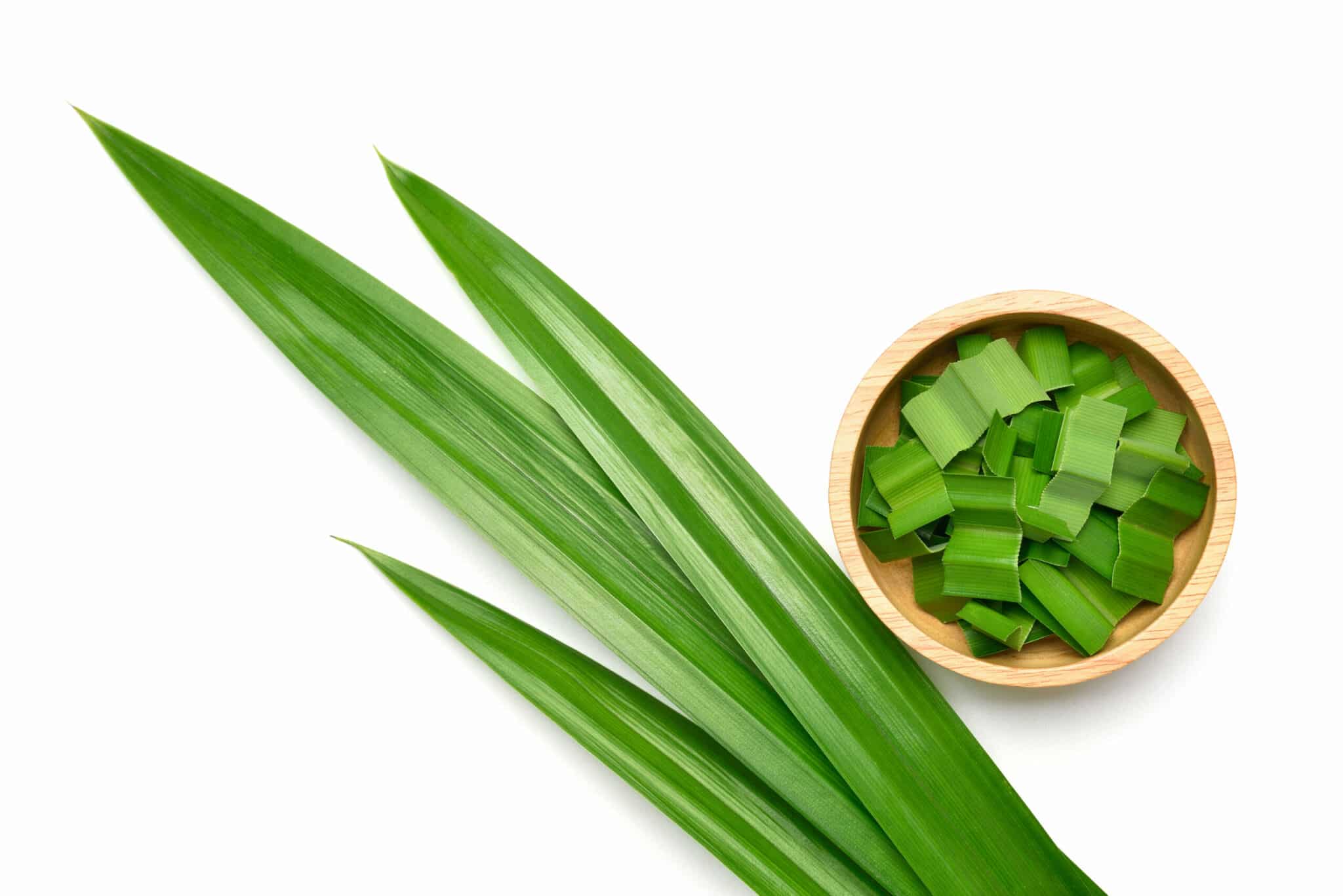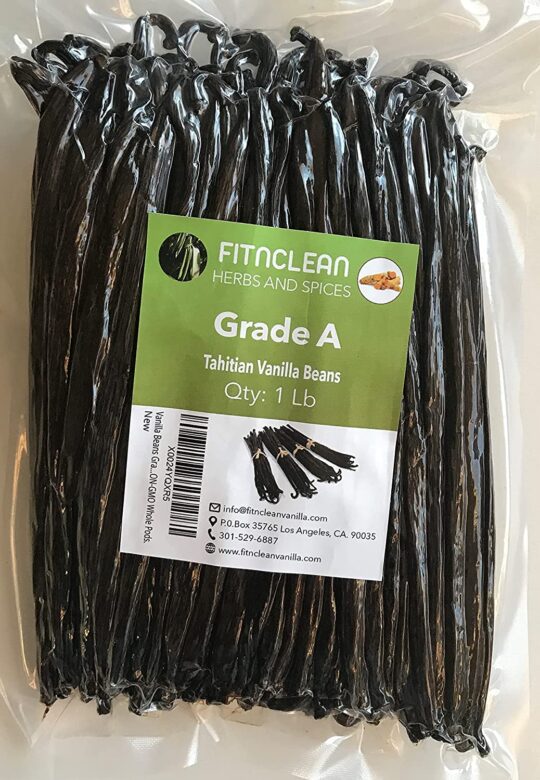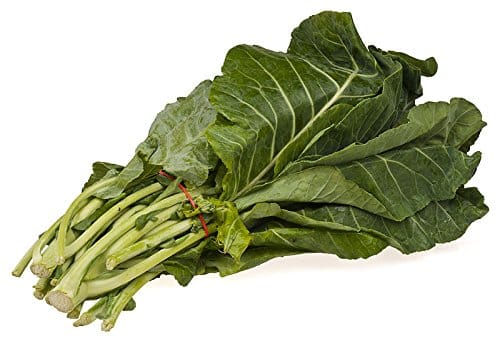Updated on April 9th, 2023
Pandan leaf is well-known and widely used in South and Southeast Asian cuisines – due to its purported health benefits and culinary properties. Moreover, Western interest in the plant is growing.
Pandan (Pandanus) is a fragrant plant valued for its sweet floral scent and adaptability. It thrives in tropical areas and has spiky leaves that grow in fan-shaped clusters. Some varieties also produce fruits that resemble red-orange pinecones.
Read on to learn more about Pandan leaf, its uses, and its benefits. In addition, I have highlighted some excellent Pandan leaf substitutes for your benefit when you can’t find any Pandan leaf around you.

What Is Pandan Leaf
Pandan is a tropical herbaceous plant that grows in abundance in Southeast Asia. Because of its distinct, sweet perfume is known as a “fragrant plant” in Chinese.
The cultivated plant, which is akin to a palm, has long, slender, and spiky erect brilliant green leaves. The leaves are utilized in various Thai and Southeast Asian recipes for their flavor. Pandan (Pandanus amaryllifolius) is also available as a paste, extract, or powder for use in sweets.
Moreover, the pandan leaves have a pleasant scent and a naturally sweet taste with a distinct green flavor with hints of rose, almond, vanilla, and coconut tinge. Because pandan and basmati rice share an aroma component, some cooks who want to save money may flavor ordinary rice.
Pandan leaves are used in Southeast Asia to flavor desserts, drinks, and savory foods with distinct flavors and aromas. Pandan leaves can wrap savory meals like chicken or sticky rice and are available fresh, frozen, and dried.
The leaves add a fragrant flavor to these recipes while also visual appeal. The paste, extract, and powder tastes the ingredients while tinting them green.
Pandan Leaf Uses in Recipes
Pandan paste and extract are used to flavor recipes similarly to vanilla flavoring is used in the West, and the powder is used in baked products and tea. All of these ingredients give the dish a green hue.
Depending on the form of pandan, also known as screw pine, such as leaves, paste, extract, or powder, it can be used for various purposes. Whole pandan leaves are used to wrap meals before steaming or frying them.
See some interesting dishes you can use Pandan Leaf in:
- Pandan Leaf Water Extract
- Chicken warped in Pandan Leaves
- Pork in Pandan Leaves
- Thai Pandan Rice Cake
- Pandan Sweet Rice Layer Cake
- Nasi Lemak
- Thai Pandan Leaf Chicken
- Pandan Juice
- Pandan Chiffon Cake
- Deep-Fried Minced Seafood in Pandan Leaf
- Spicy Pandan Leaf Chicken Wings
- Pandan Fashioned Cocktail
- Pandan Custard Cake
- Pandan Muffins
- Pandan Leaf Mini Steamed Buns
Pandan Leaf Substitutes
Pandan leaves are commonly used to flavor rice, but they can also be found in puddings and other desserts and are also used for pigment since they provide the dish color.
Is there a substitute if there are no Pandan leaves within your reach? Yes, you certainly can. Pandan leaves may be more difficult to replace, but they are not irreplaceable.
Vanilla Beans

Vanilla is a popular flavor all around the world. The beans are used to flavor sauces, frostings, syrups, ice cream, beverages, and various delicacies with authentic vanilla flavor.
A vanilla bean is a fruit of orchids in the genus Vanilla, not a bean. Only a small portion of the world grows vanilla orchids, with Madagascar accounting for 80 percent of global production.
The leaves can be replaced with pods that grow on vanilla orchids, just like the wine. Because vanilla beans are expensive, you can alternatively use vanilla extract as a substitute.
Like the pandan leaves, the vanilla has a similar flavor and scent. If you have vanilla paste on hand, that can also be a substitute.
Collard Greens

Collard greens are an important element in southern cooking and can substitute for pandan leaves.
The cabbage family includes these greens. Make sure to remove the firm stems before using them in your cooking. Collard greens have a cabbage-like flavor and are regarded to be very healthy. These greens can be used in place of pandan leaves in practically any savory recipe.
And, since their leaves are green, another resemblance can be used to simulate pandan leaves and create a comparable flavor.
Collards are a type of vegetable with enormous green leaves and tough stems that must be removed before consumption. Collard greens are the leafy sections of the cabbage that we consume.
They are related to cabbage, kale, and mustard greens, cooked in the same way.
Ginger

Ginger can also be used in place of pandan leaves. In most recipes, fresh ginger’s sweet and spicy aromas can easily substitute the leaves.
Make careful you use fresh, young ginger to achieve a comparable flavor.
When ginger is cooked, it becomes mellower, and if you burn it, it can become bitter, so make sure you heat it to the correct amount. Replace and adjust the amount in practically every recipe.
Ginger, in particular, is high in antioxidants, which protect your body’s DNA from stress and harm. Moreover, this ingredient may aid in the prevention of chronic diseases such as high blood pressure, heart disease, and lung disorders and enhance good aging.
Frequently Asked Questions (FAQs)
Is there a difference between pandan and lemongrass?
Pandan has a green vanilla scent. Lemongrass gets its name from its scent, which is grassy and lemony. Meanwhile, pandan is also known as Asian vanilla because the perfume of pandan is just as popular in this region as vanilla is in the West.
What is the flavor of pandan?
Pandan leaves are typically ground into an emerald-green extract. The darker the color and the richer the leaf’s flavor as it matures. Pandan leaf powder is often used to add taste to savory and sweet recipes. According to the description, it has a grassy vanilla flavor with a trace of coconut.
With what does pandan pair well?
Pandan goes nicely with sticky rice, lemongrass, milk, brown sugar, and turmeric, among other things. It is utilized in desserts made from sticky rice, jellies, chiffon cake, mochi, coconut drinks, ice cream, and more.
Conclusion
Pandan may be difficult to come by depending on where you reside. While there are no perfect substitutes for pandan, few options exist.
If you cannot find pandan leaves, there is no need to worry. You can consider these Pandan leaf substitutes highlighted in this article.
